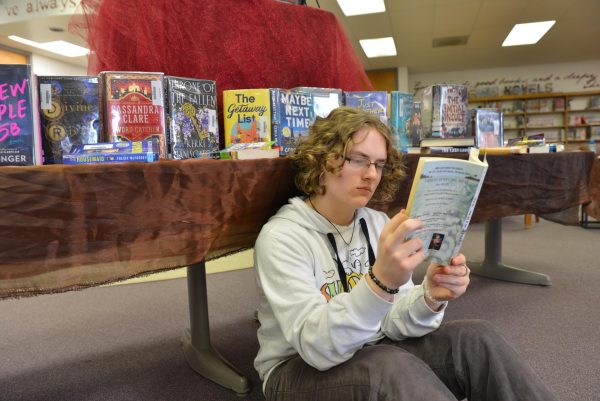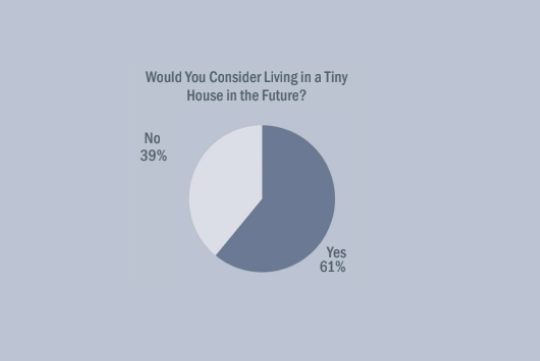Kestle reflects on Diabetes Awareness Month
Throughout the month of November, patients, families, health professionals, and supporters spread awareness for diabetes, which according to the American Diabetes Association (ADA), affects nearly 1.9 million Americans. To assist in raising awareness, the ADA hosts a variety of events across the country, including a Walk to Stop Diabetes and a Tour de Cure, with the proceeds going to research, advocacy, education and more. Not only does diabetes affect the medical side of patients, but it also influences all aspects of life, especially within adolescents and students.
As cited by the American Academy of Pediatrics, Type I diabetes affects nearly 1 in 400 adolescents under the age of twenty. Influencing a variety of facets in their lives, patients have to undergo injecting insulin, monitoring blood sugar, exercising regularly, and eating healthy foods according to Mayo Clinic. Rolla High School junior, Maddie Kestle, was diagnosed with Type I diabetes at the age of ten. Being just in the fourth grade, Kestle had to regularly monitor her blood sugar levels, as well as learn the basics of diabetes and how it was affecting her.
“For Type I specifically, your pancreas doesn’t produce enough insulin to keep your blood sugar stable,” stated Kestle. “So you have to physically take insulin through a syringe or needle to manage blood sugar.”
According to the National Library of Medicine, diabetes self-care time is estimated to take five hours of the day for children, and a child with established Type I diabetes claims to have to inject four insulin injections per day. After discovering her diagnosis, Kestle found that diabetes requires necessary time management and a specific system.
“Time management of when to take the medication and to be checking your blood sugar constantly is necessary,” claimed Maddie Kestle. “It did take a couple years to get an order or system to work, especially with my parents because I was younger, so that was kind of more their responsibility.”
For adolescents in younger years, it is difficult to be defined as different which is a challenge for children with chronic illnesses. When Kestle was diagnosed in the fourth grade, there were many students who didn’t understand her illness and began to treat her differently due to that.
“Some people treated me differently. Growing up, kids don’t understand it, but I also didn’t understand it fully,” stated Kestle. “So it was hard to explain to them what I could and couldn’t do.”
One major aspect that patients with diabetes have to face is the kind of technology and devices that must be used to manage their health. Devices such as insulin pens, blood sugar monitors, and lancets are just a few of the technologies that can be used, but all come with many different factors and challenges. According to the ADA, patients experience ongoing challenges with dose amount, dose timing, and insulin quality. All patients have a variety of different technologies they use to monitor blood sugar and insulin.
“At the moment I have a CGM, which is a continuous glucose monitor and it manages your blood sugar. I depend on it for trends, like if I’m going higher or lower,” claimed Kestle. “But before meals, I still check my blood with lancets.”
Though there are minor complications, many diabetic patients continue with their jobs and are involved in the workforce. Despite her condition, Kestle is planning to pursue a career in the medical field, as well as attend college.
“My dream job is being a flight surgeon. Going into the medical field has always been an idea and interest of mine,” stated Kestle. “Diabetes will most definitely play a role because I can’t get rid of it, but I have not thought too much about how it will affect my future career specifically. I’m not to that point yet, and I don’t want to worry and catastrophize things that haven’t happened yet.”
A Type I diagnosis means a learning curve and lifestyle change for the entire family. According to JDRF, it can be overwhelming as a parent to have a child that has been recently diagnosed with diabetes. There is much to learn when it comes to Type I diabetes and incorporating those changes at home. Maddie Kestle’s father, Rodney Kestle, claimed that with discipline and creative thinking, diabetes can be quite manageable.
“With today’s technology, your discipline, and creative thinking, Type I diabetes is manageable and doesn’t have to limit your child’s life experiences,” claimed Kestle. “A continuous blood sugar monitor provides the detailed information needed to avoid dangerously high or low blood sugar levels to keep a person safe and healthy. As a diabetic, you always have to have a backup plan and carry plenty of supplies or food, just in case. This demands some planning and creative thinking about how to carry those supplies and keep them safe.”
Though they knew they would learn to manage her diabetes, Maddie Kestle and her parents had to acknowledge a feeling that she could possibly miss some things. Despite these natural fears, Rodney Kestle felt thankful for finding the diagnosis before it could gradually worsen.
“After the emergency room visit and transfer to inpatient [hospital care], we had a moment of down time while Maddie slept. Now that all of the energy of the emergency had stopped, I felt happy that Maddie was feeling better so soon after receiving insulin, and that we knew what was making her ill,” stated Rodney Kestle. “This was followed by sadness because I began to think of all the experiences she might miss, due to her diagnosis. Before I fell asleep that night, I was thankful for remembering some of the signs that a person may show, if they have diabetes that is untreated.”
Through her diagnosis, Kestle’s father has seen her grow into a fun and focused individual, with diabetes management shaping some of her behavior as she has grown.
“Maddie can be very silly or goofy and act like a fun-loving person, but when called to, she can be very serious and focused,” stated Rodney Kestle. “I’m sure her early life experience with diabetes management has helped shape this behavior.”
Early intervention of diabetes is key to preventing any significant damage to a patient’s overall health. With such resources, it is easier to learn and notice if anyone is showing symptoms of diabetes.
“November is Diabetes Awareness Month. I think the most important part of this awareness is noticing if someone has symptoms or untreated diabetes or hypoglycemia,” explained Rodney Kestle. “The quicker a person needs medical attention for hypoglycemia due to diabetes, the better chance that person has to prevent permanent organ and bodily tissue damage.”
For more resources and information visit https://diabetes.org or https://phelpshealth.org/conditions-treatments/diabetes-education.

Bonjour! I’m Hannah, the editor-in-chief of ECHO; and this is my third year on the staff. Along with ECHO, I work as the Phelps County Focus Sowers Intern...













